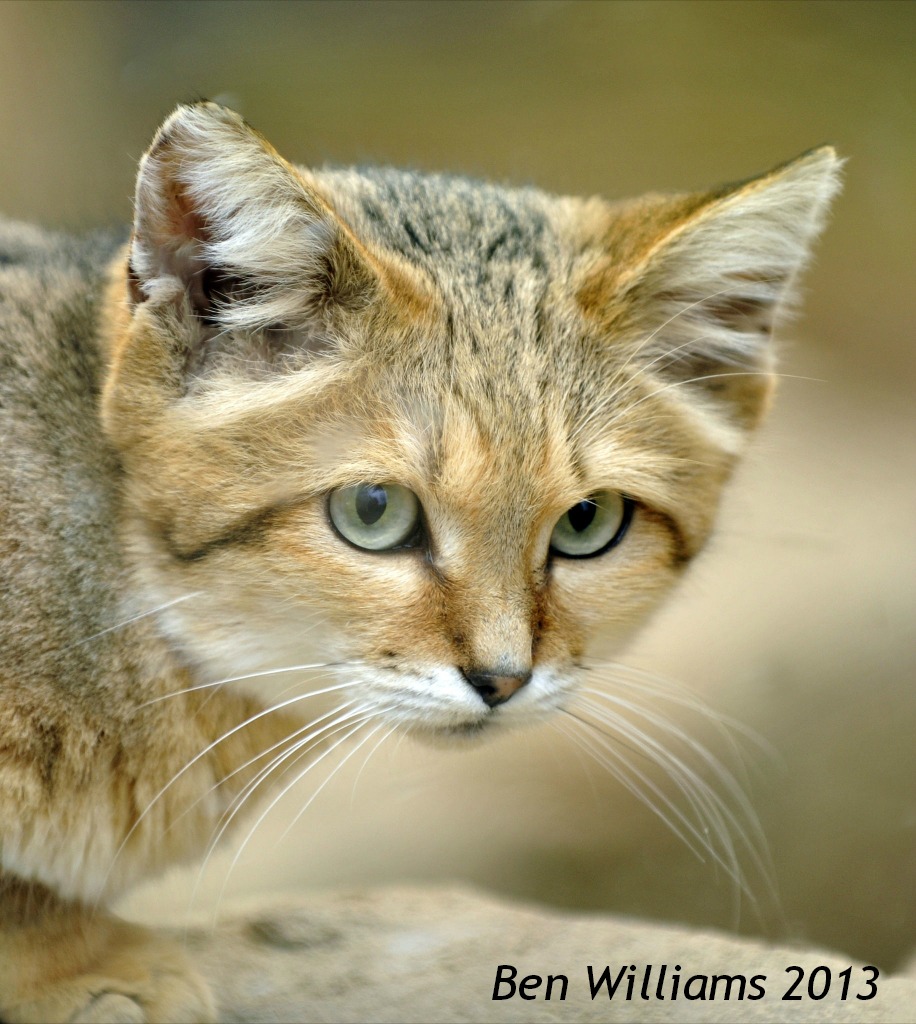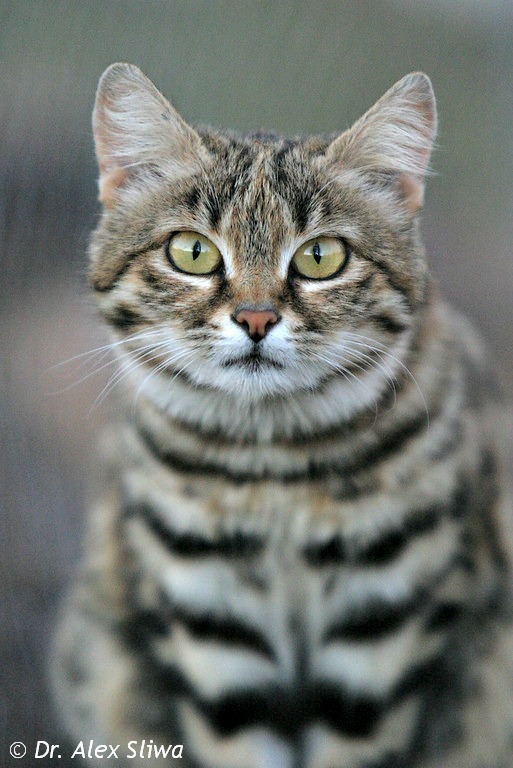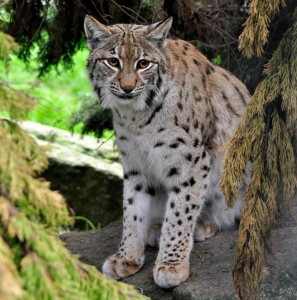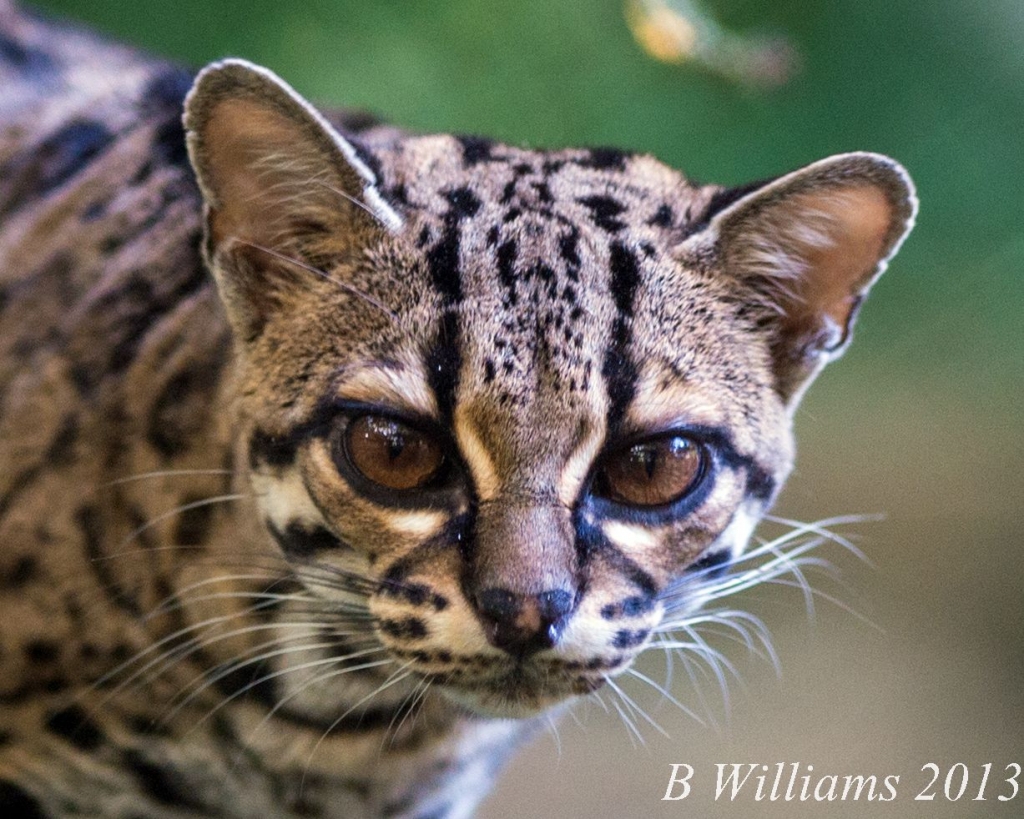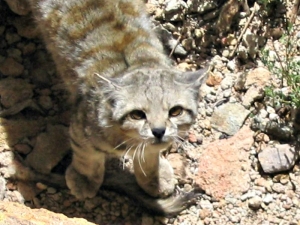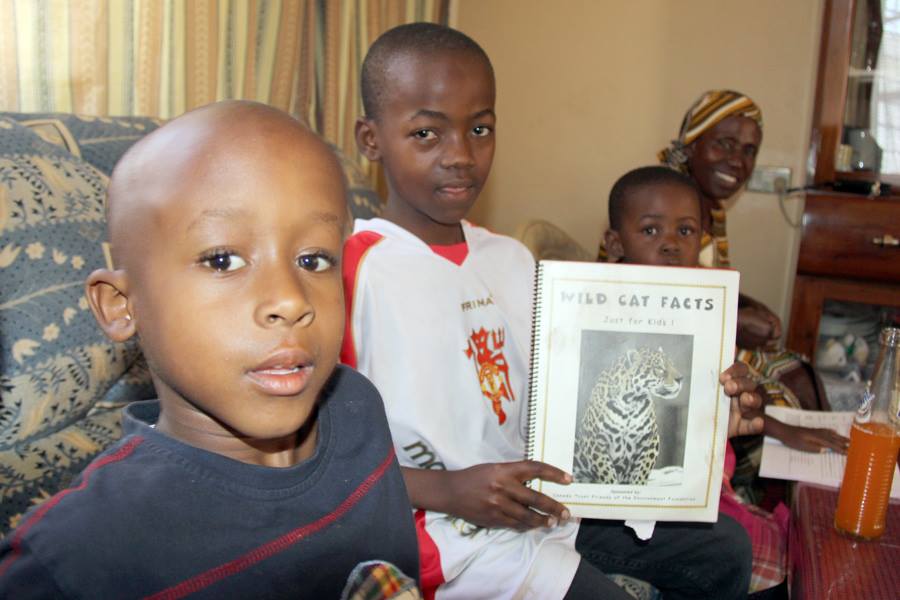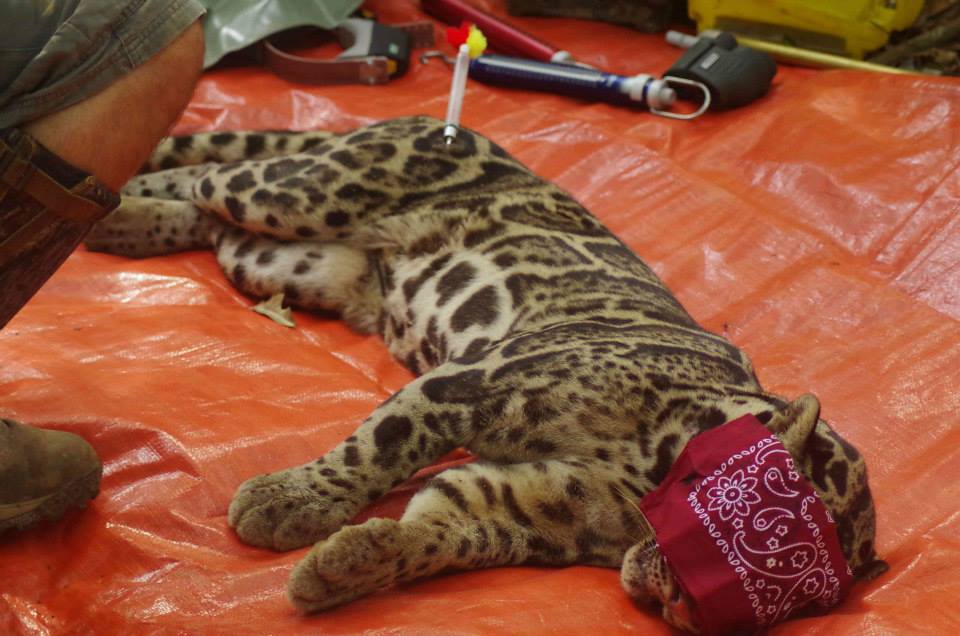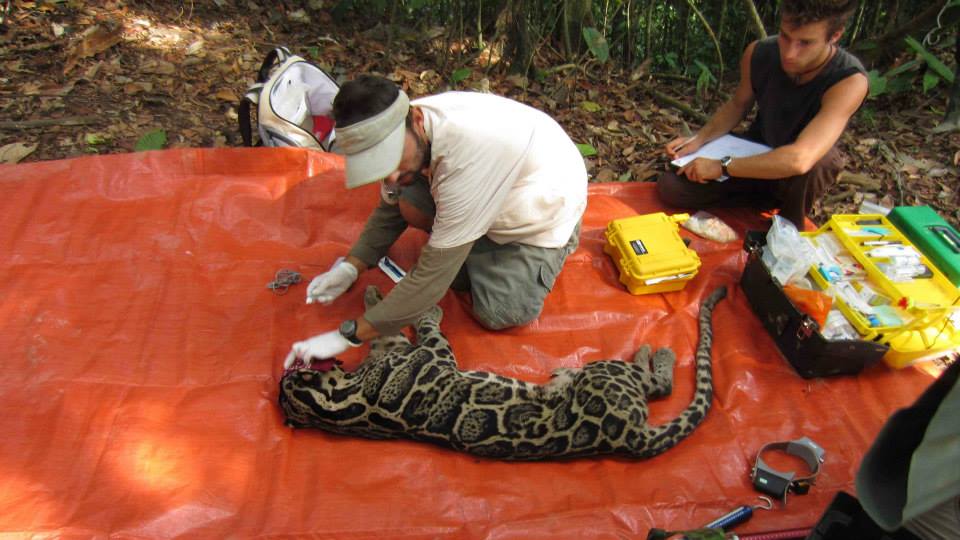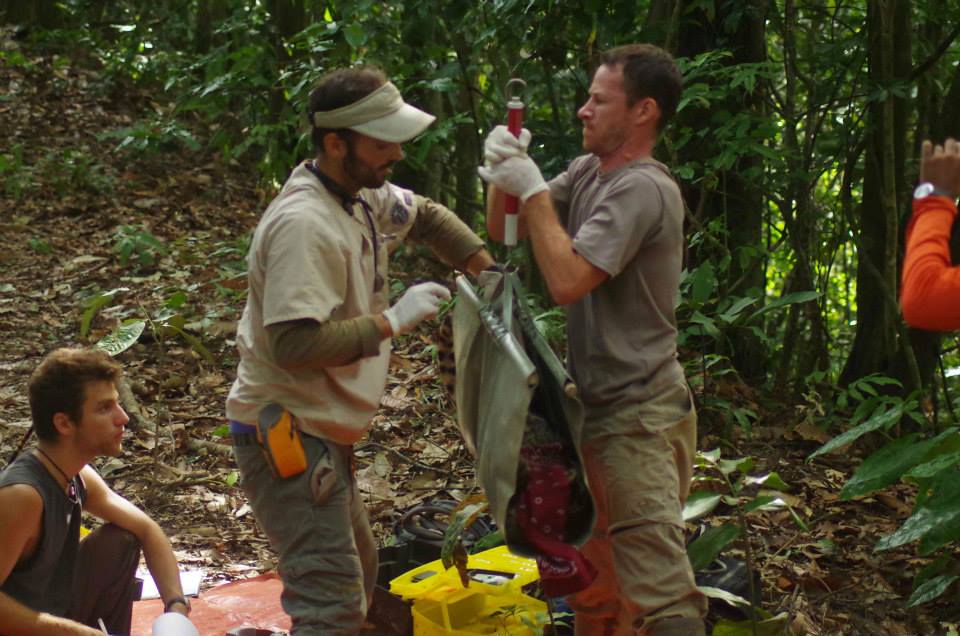Contribute Now to Save Small Cats
Wild cats like the Flat-headed Cat are in danger of disappearing all over the world. Habitat loss, persecution, poaching, illegal fur, food and pet trades, increased roads and other human interference in their habitats are taking their toll. So how do scientists and conservationists save wild cats?
The first step is to learn about their lives in the native habitat. Where are the cats located? What kind of habitat do they need? What do they eat? How large is the population? These and many other questions must be answered before suitable areas can be set aside and conservation plans put in motion.
100% of donations received go directly to wild cats
Your donations help field researchers purchase radio collars, cameras and other equipment to study the small wild cats. Join our growing list of small wild cat heroes. Please donate today.
Flat-headed Cats Prionailurus planiceps are the most unusual members of the cat family, with their long, narrow head and flattened forehead. In appearance, they bear a strong resemblance to the civets, which are not cats, but members of the Viverridae family. Learn more
Thank you for your support!
#Caturday Snapshot: Black-footed Cat
Donate Today to Wild Cat Conservation
Wild cats are in danger of disappearing all over the world. ISEC Canada was created as a conservation body totally dedicated to saving the 28 small wild cat species from extinction. One example of a wild cat species in need of your help is the Eurasian Lynx.
The Eurasian Lynx Lynx lynx is the largest lynx species, and has one of the widest ranges of any wild cat. Their fur has a usual ground colour of a yellowish-grey to greyish-brown, with white underparts. The soft, thick pelage is thickest on the back, and can be variably marked with more or less distinct dark spots, and sometimes small stripes. Learn more
100% of donations received go directly to wild cats
The increasing urbanization of western Europe, and the resulting loss of habitat and diminished prey base, have led to a severe reduction of the Eurasian Lynx population there. The first step is to learn about their lives in the native habitat. Where are the cats located? What kind of habitat do they need? What do they eat? How large is the population? These and many other questions must be answered before suitable areas can be set aside and conservation plans put in motion.
Your donations help field researchers purchase radio collars, cameras and other equipment to study the small wild cats.
Thank you for your support!
#Caturday Snapshot: Margay
Buy More Time for Small Wild Cats
Wild cats are in danger of disappearing all over the world. Habitat loss, persecution, poaching, illegal fur, food and pet trades, increased roads and other human interference in their habitats are taking their toll. So how do scientists and conservationists save wild cats?
The first step is to learn about their lives in the native habitat. Where are the cats located? What kind of habitat do they need? What do they eat? How large is the population? These and many other questions must be answered before suitable areas can be set aside and conservation plans put in motion.
Your donations help field researchers purchase radio collars, cameras and other equipment to study the small wild cats. Join our growing list of small wild cat heroes. Please donate today.
100% of donations received go directly to wild cats
One species that has been helped through research made possible by your support is the Andean Cat.
Andean Cats Leopardus jacobita are one of the most beautiful of all wild cats. The fur is mainly ash grey with brown-yellowish blotches that are distributed as vertical lines at both sides of the body, giving the appearance of continuous stripes. Extremely thick, plush fur of silvery grey is very fine and soft, up to 5 cm long on the back, and the underside is pale with dark spots. Prominent dark grey bars also run across the chest and forelegs. The backs of the large, rounded ears are dark grey, and the nose is black. Learn more
Snapshot: Jaguarundi
Eli the Bobcat
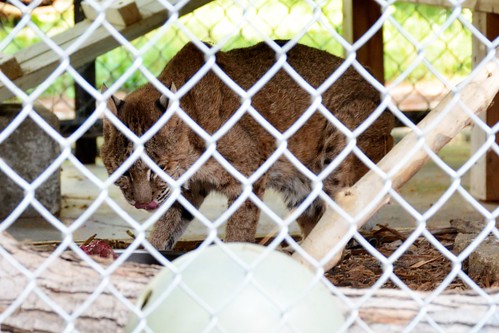
Meet Eli, a bobcat at the Hueston Woods Nature Center, in southwest Ohio. Unfortunately, he is a permanent resident of the center. Eli cannot be released into the wild, as he was someone’s pet, who even had him declawed. As you know, wild cats as pets are not a good idea. He now is an ambassador for his species.
ISEC book makes friends in Tanzania
ISEC Canada friend Carol Peterson of Nature Encounter Tours just sent us this wonderful photograph from Tanzania. A few years ago, we distributed free copies of our Wild Cat Facts book to many countries in Africa. Carol was overjoyed to see these adorable kids reading our book when she visited them this week.
First Sunda Clouded Leopard Collared
A wild Sunda clouded leopard was recently trapped and fitted with a satellite collar for the first time ever, as part of a collaborative project between the Sabah Wildlife Department (SWD), WildCRU and the Danau Girang Field Centre (DGFC).
On Sunday 15 September, early morning, a male Sunda clouded leopard weighing 25 kgs, was caught in one of our traps set up along the Kinabatangan River, Sabah, Malaysia in the vicinity of DGFC. Rarely seen, Sunda clouded leopards are amongst some of the most elusive and secretive of the world’s wild cats, and as such, remain one of the least understood. The leopard was fitted with a satellite collar to provide us with crucial information on its movements in the Kinabatangan landscape. It should send a location every 20 minutes for about 4 to 6 months, enabling us to determine its home range and how it is able to move through the fragmented landscape. Incredibly, a few days later, we caught another individual, an old female, weighing only 9 kgs. She was too small and too old to collar, but we have been documenting her in the Kinabatangan since 2010, using camera traps.
SWD, DGFC and WildCRU wish to thank Sime Darby Foundation for their support and for providing a grant of MYR 1.46 Million towards our project on the conservation of the Sunda clouded leopard and sympatric carnivores in Sabah. Additional funding and support are provided by Atlanta Zoo, Houston Zoo, Recanati-kaplan Foundation, Robertson Foundation, Point Defiance Zoo and Rufford Foundation.
Sept 21, 2013 News release from Danau Girang Field Centre
